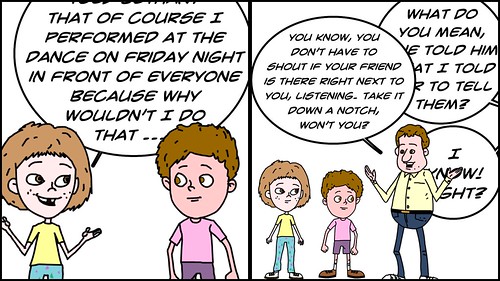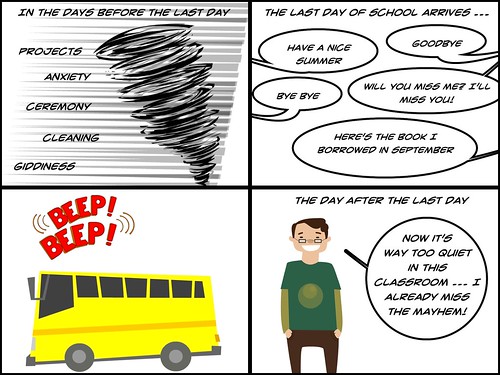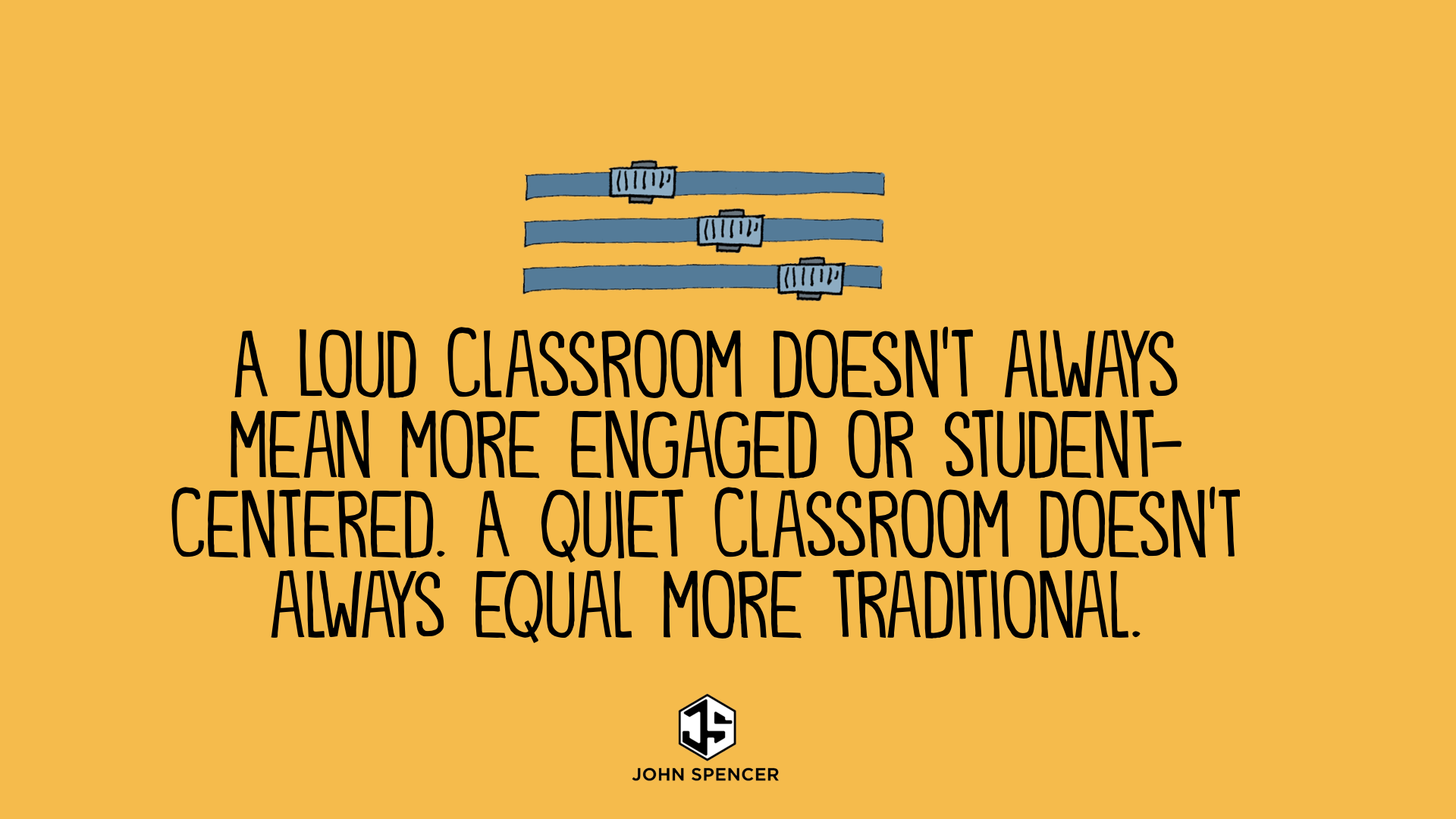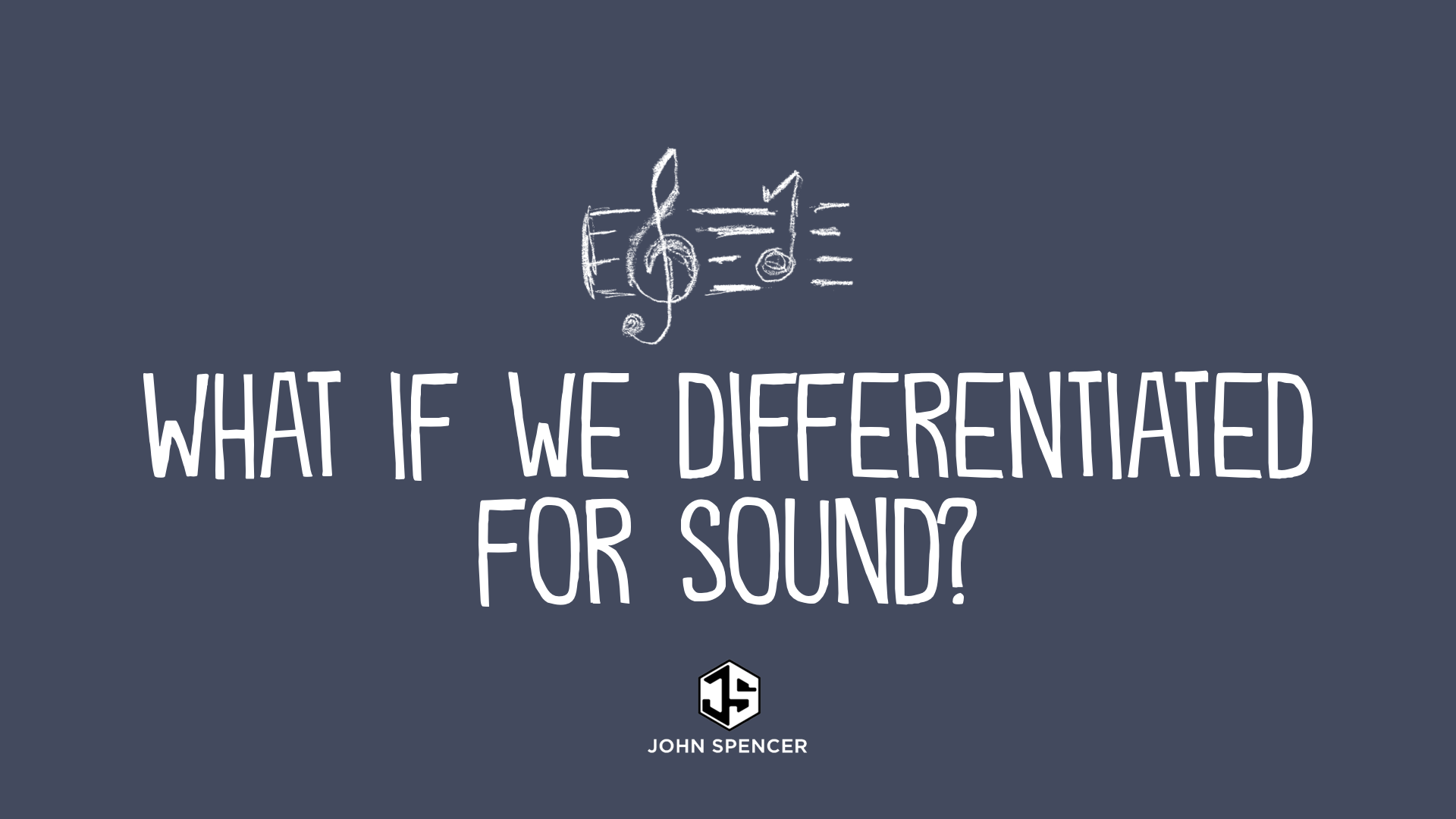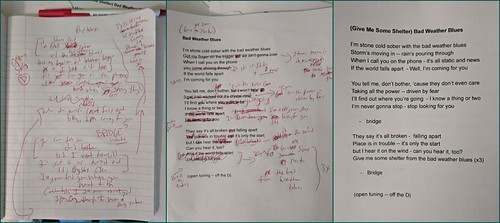 What happens when the outdoors becomes a board game?
What happens when the outdoors becomes a board game?
Yesterday, in our last full week of the school year (still a few days to go, though), our sixth graders took part in an activity called The Ultimate Game, organized by an outside group. The Ultimate Game turned local recreational parks in town into a huge game board, for collaborative and cooperative activities. This was our first time using this group and I was impressed.
There were riddles, and challenges, and a GPS scavenger hunt component. Teams of students had to work together to find clues, solve mysteries and earn tokens, roll huge fuzzy dice, move pieces on a massive game board, draw on their various strengths, and it all came together so nicely — the weather, the kids, the game — that it has me wondering how to do even more of using the outdoors — field, forests, park sites — as settings for cooperative game design.
We have explored game design throughout the year, from different angles, so this field trip made sense as a way to tie things together.
Along with a six week video game design unit earlier in the year, we ended the year in our ELA class with a short story project in which students wrote a fictional piece of a narrator going into a board game to rescue a person from history. The game becomes the setting. Sort of like Jumanji and Zathura, picture books by Chris Van Allsberg (and both became movies, of course).
In the Write Out project from last summer, we explored and talked about more ways to better integrate the urban, suburban and rural outdoors into curriculum, and I admit, I did very little of it this year until the end of the year.
So I paid attention to the group that led yesterday’s events, watching how they so skillfully set up engaging experiences for success for all students, and used the contours of the landscape and woods and fields for the design of the huge game system they put into play.
(Oh, FYI: Write Out for 2019 will be this coming fall, in conjunction with the National Day on Writing. Keep an eye out for more details later in the summer).
Peace (outside inside),
Kevin

